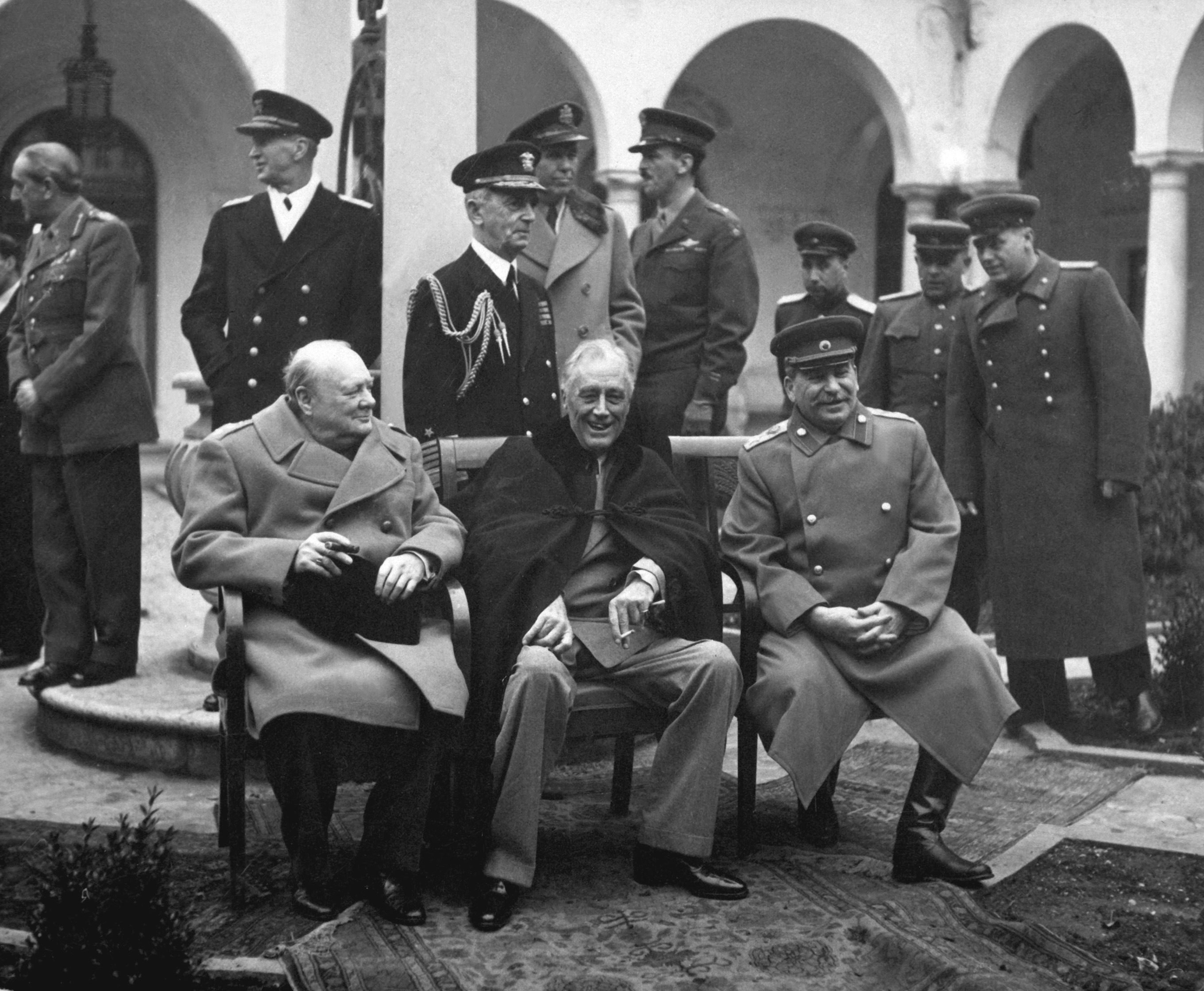What happened here?
I farted
This website has such a stupid sense of humor because I was gonna comment this as soon as I saw this post but you beat me to it. All hexbear knows is peepee poopoo, fart, dirty owl, be gay and lie
as a result of the industrial revolution and its effects on agriculture, a sharp upward trend occurred in the mass cultivation and consumption of the beanis (our fates were sealed soon thereafter)



It’s like the stock market. If it got this high, it can go higher.
Removed by mod
This was 66-34 million years ago for anyone wondering.
Removed by mod
Please label 1989

The co2 level in 1989 was 353 ppm, roughly there ^Finally some clarity. Thank you.
Psh, another Swiftie
deleted by creator
So- I’m actually not too familiar with how precise ice core measurements are. If you have something specific you think I should read I’d love to see. I’m also recovering from getting my wisdom teeth out, so I can’t spend too long looking for information.
this (preprint) paper says:
broadly speaking, the shortest resolvable signal at high-accumulation sites is about one decade Trudinger, Etheridge, et al. 2002). At the lowest accumulation sites, centennial-scales features are markedly smoothed but still resolvable Nehrbass-Ahles et al. 2020
The British Antarctic Survery says:
The fastest natural increase measured in older ice cores is around 15ppm (parts per million) over about 200 years. For comparison, atmospheric CO2 is now rising 15ppm every 6 years.
Which- to me- says it jumping 100+ ppm for a few decades and then returning would leave evidence behind? And like, why would it jump so drastically?
I don’t know, sorry if this isn’t a lot of information, I really need to go lay down now.
deleted by creator
deleted by creator
deleted by creator
Up and to the right baybeeeee


FA
Soon, FO
Is FO when number go down?
Carbon in atmosphere goes up but somehow that makes carbon on the surface go down?
Come on, you expect me to believe that?
also
Alex Jones literally says "carbon in the atmosphere is good for you, when they say they want to reduce carbon they are just saying they want to reduce life. We are made of carbon. Think about it.
Listening to knowledge fight has made me realize how futile arguing with right-wingers actually is.










